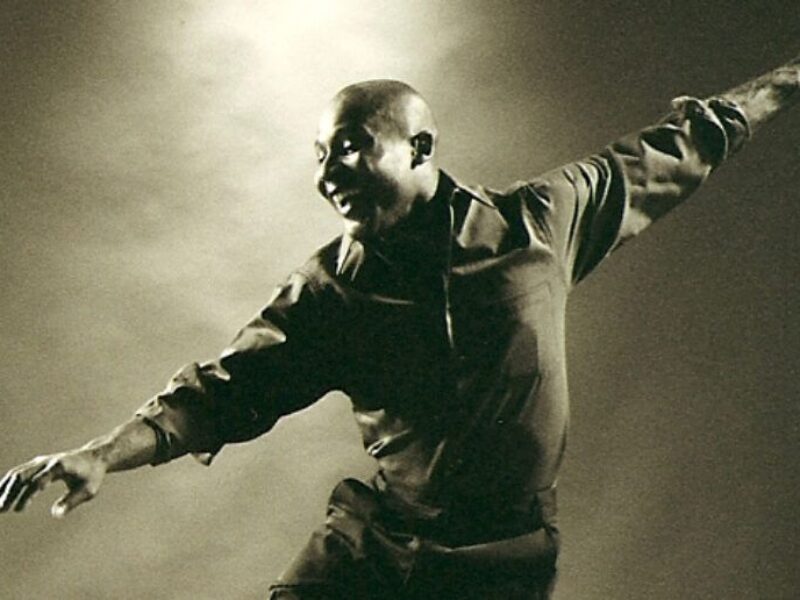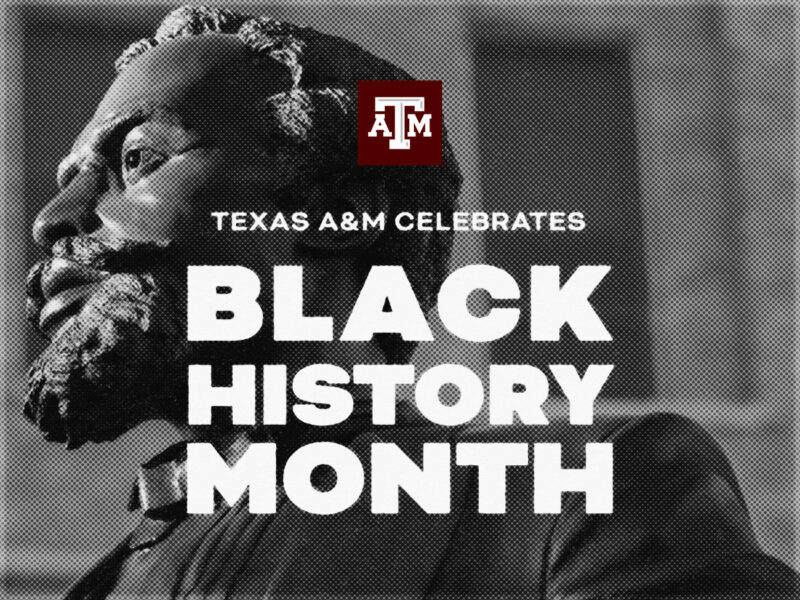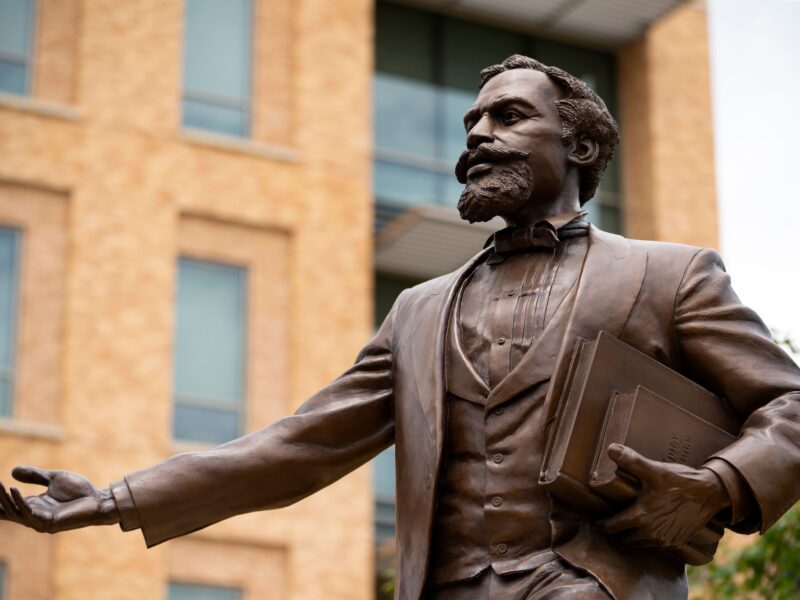Matthew Gaines Statue Moving Ahead At Texas A&M
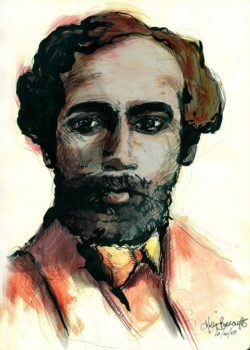
Efforts to recognize Matthew Gaines and create a statue in his honor on the Texas A&M University campus are well underway, according to campus leaders involved it.
The Matthew Gaines Society was formed by students in 2018 to highlight the importance and contributions of Gaines, whose life has a special meaning to Aggies.
Born into slavery in 1840 in Pineville, La., Gaines was self-educated and eventually became a state senator representing the 16th District in the Texas Legislature during Reconstruction. Because of his background, he was a lifelong advocate for the rights of freed people. Gaines, an ordained Baptist minister, was instrumental in helping Texas start its own public school system.
Also, he played a key role in getting the Morrill Act passed that allowed states to sell off public lands and use the proceeds to fund colleges. The Land-Grant College Act of 1862, also known as the Morrill Act, created the Agricultural and Mechanical College of Texas, now known as Texas A&M University.
Erica Pauls, president of the Matthew Gaines Society, said artists have been selected to create a statue of Gaines to be located between the Memorial Student Center and the Student Services Center. More than $350,000 has been raised to fund the effort.
“We hope the statue will be completed by the end of the year,” Pauls said.
“Senator Matthew Gaines embodies our university’s core values of selfless service, integrity, excellence and leadership. I hope that students passing by the statue can feel inspired to persevere in their own lives in the same way Senator Gaines did. That ties into our mission statement, which is to highlight the contributions of Senator Matthew Gaines, but to also prove that any Aggie – no matter what race, ethnicity, background or gender – can make an impact at Texas A&M.”
Those thoughts are echoed by Eric Mendoza, student body president at Texas A&M.
“The upcoming statue of Matthew Gaines, along with the ongoing work of the initiative, allows for further representation and reinforcement to our students that we all have the ability to make an impact on our campus,” he said. “This is a great step in recognizing the full contributions of so many who helped positively advance Texas A&M, namely Senator Gaines.”
The statue is one of several efforts to recognize the accomplishments of Gaines.
In January, Texas A&M’s Transportation Services renamed one of the school’s bus routes in his honor. Bus routes are typically named after different traditions, events and ideals that best represent Texas A&M and highlight the school’s history and culture.
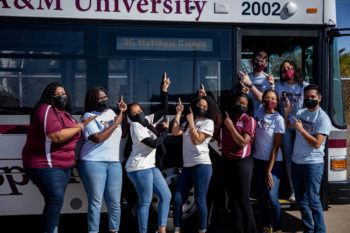
“The Matthew Gaines Initiative’s success in bringing a statue of Senator Gaines to campus is a recognition of a multi-decades, episodic effort by Aggies to expand upon our campus’ robust tradition and add clarity to the Texas A&M creation narrative,” said Daniel J. Pugh, vice president for Student Affairs.
“What made this effort successful was the grass-roots, long-game approach that resulted in support from major student organizations, such Student Government Association, Residence Hall Association and others, and campus-based partnership with the Division of Student Affairs. When the statue of Senator Gaines is unveiled, it will signify many things for many people. But make no mistake: In recognizing Senator Gaines’ role in establishing Texas A&M, we also recognize him as a former slave, a self-educated leader of the freedmen who would serve his adopted state of Texas as a politician and his God as a preacher.”
Media contact: Lesley Henton, lshenton@tamu.edu
